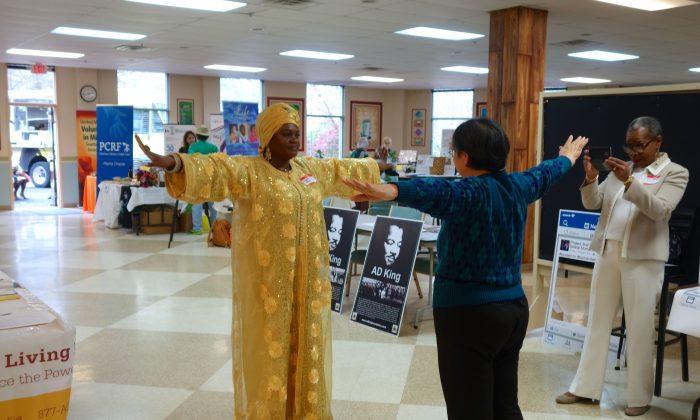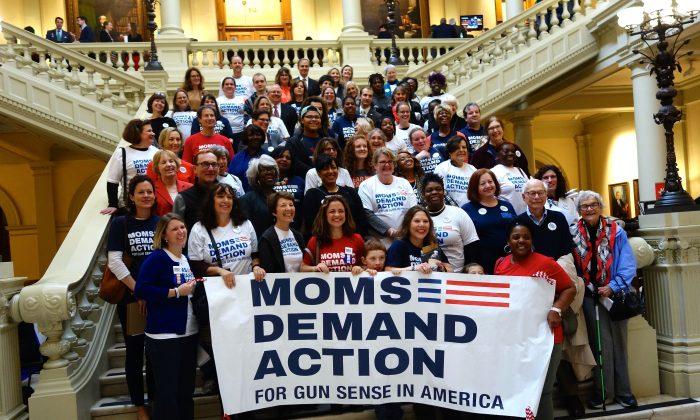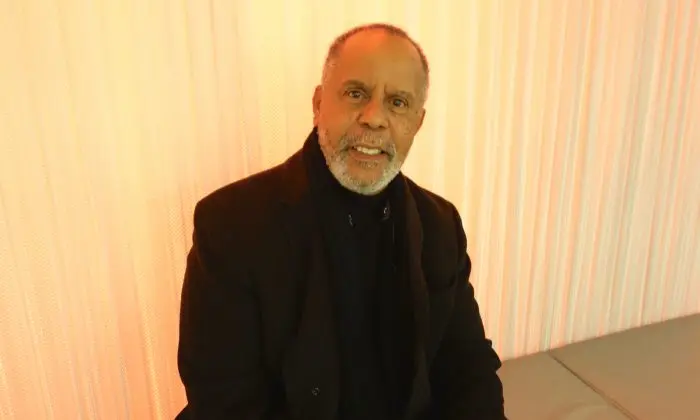I am not a constitutional scholar. But it looks to me from my humble perspective that Chief Justice John Roberts and some of his colleagues are trying to dismantle precious protection for the little guy in America.
They are doing it by basing decisions on small issues rather than seeing the big picture. The issue for Affirmative Action is not whether voters get to decide on racial preferences regarding college admission. It’s bigger.
Michigan voters amended their state constitution in 2006 to ban racial preferences in college admissions. The 6th U.S. Circuit Court of Appeals said making a constitutional amendment about it violated the Equal Protection Clause of the U.S. Constitution’s 14th Amendment. The Michigan idea was that a constitutional amendment made it nearly impossible for affirmative action supporters to challenge the ban.
Justice Anthony Kennedy said voters got to decide, and a court could not overturn what they decided. “This case is not about how the debate about racial preferences should be resolved. It is about who may resolve it,” Kennedy said. But their decision effectively cuts affirmative action off at the knees.
Affirmative Action is necessary, until America decides to walk the walk and deliver good, very good, excellent, free public education to every neighborhood.
A Determined Student
I’m not going to name this young lady, because I am going to tell some personal things she confided in me long before I knew I was going to become a journalist. She was a refugee, and an ethnic minority. Her father was tortured in their home country, and he still suffered ill effects from it, she said. Her mother died of cancer after they came to America.
She didn’t live in the best neighborhood, the kind where you should not go in the parks at night, the kind where gunshots are heard and car chases are seen. The kind where little plastic packets and syringes litter the ground.
She was going to be a doctor, she told me. She was in middle school. She studied with a steely intensity.
Her school was beyond abysmal. Built on some cockamamie 1970s idea of open classrooms, it had no floor to ceiling walls, just half walls—every classroom was literally open to the whole building. So there was a cacophony at all times. The school library had no doors—so there was no way to lock up the materials after hours, and many of them were damaged or gone.
Bench-Clearing Brawl
Once I was visiting the school in my official capacity. At that time, a true bench-clearing brawl broke out-in the classroom. It would be a little hard to concentrate in that environment, but she was determined.
In my same official capacity, I often visited a school in the suburbs. One favorite school had a courtyard garden to teach cooperation, botany, healthy eating, genetics, and how to grow vegetables and herbs. Inside, a mural showed real actual children from the school reading under a tree, with a Fragonard-like landscape rolling into the distance. Never saw any brawls there.
Two neighborhoods. Two public schools. Which students will be better prepared for college? Who will earn higher test scores? Who deserves a leg up into college and support once they get there?
I have great hope for my young future doctor. But I know what a large and ugly eight ball many minority students start behind. Voters should not vote away a chance at a more even playing field. Judges should not let them do that.





